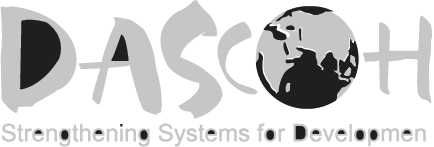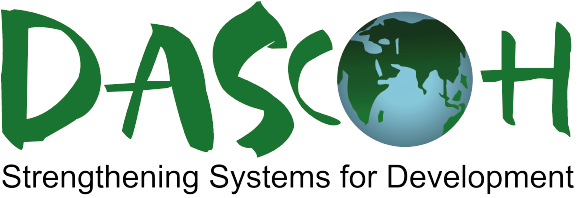
Economy and Poverty
The average economic growth rate of 6% over the period from 2004 until 2019 has pushed per capita incomes to US$ 1,906 placing Bangladesh amongst the lower Middle-Income Countries. Riding on this steady growth, Bangladesh has fought poverty hard and well, bringing down the poverty level from 59 % in 1991 to 20.5 % in 2022, according to the data of Bangladesh Bureau of Statistics (BBS). During the same period, extreme poverty fell from 43 to 10.5. However, besides this achievement, Bangladesh is still home to around 40 million poor and 21 million extreme poor according to 2016 data from BBS (HIES 2016). Extreme poverty among religious minorities and indigenous groups is still prevalent. .
At the same time, the pandemic has reversed the poverty gains made by the country over the past few years which is going to impact on the economy as a new burden in the upcoming years. A survey of the Bangladesh Planning Commission in 2020 reveals that poverty and extreme poverty have dropped to 2010 levels when 30% of the population were below poverty line while another 20% of population were confronted with extreme poverty.




